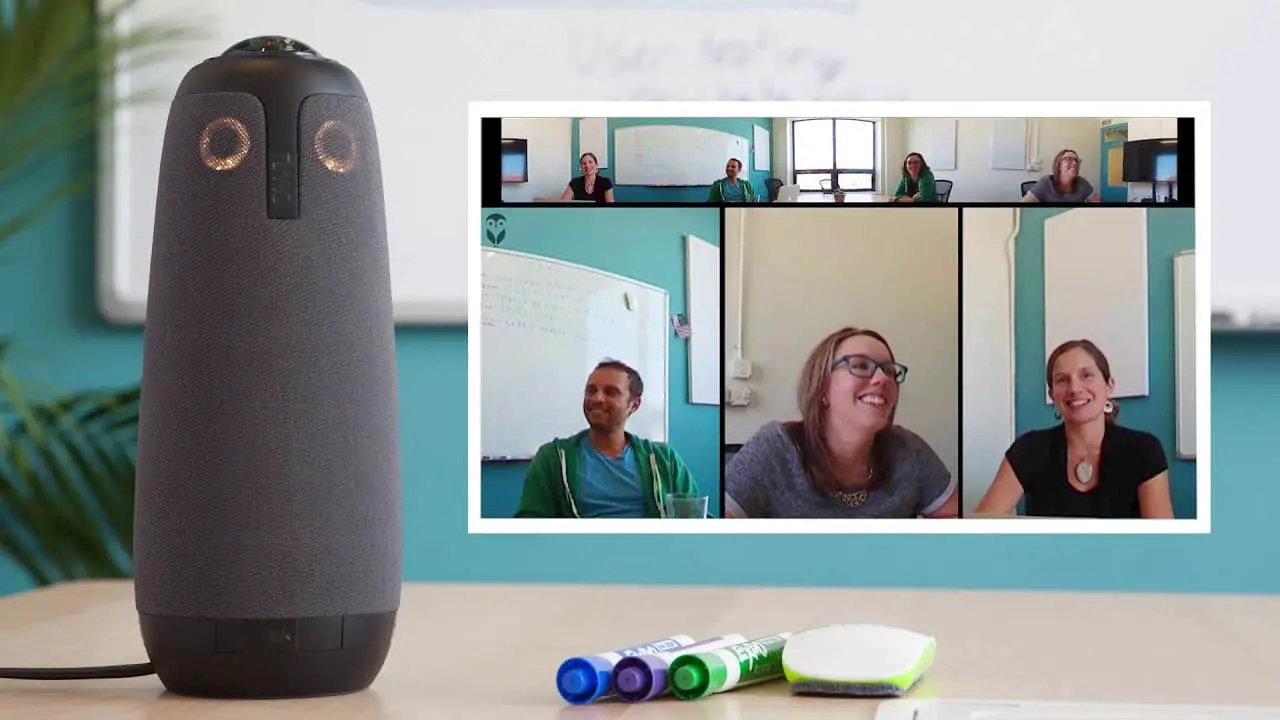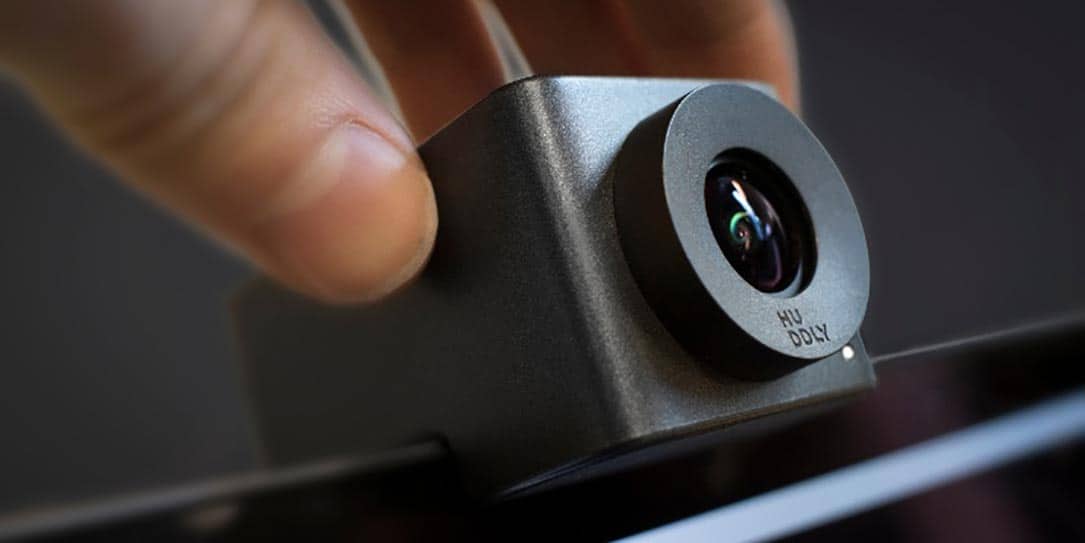Traditional webcams have been around for a while, and they make it easier for people to talk to their friends across the miles or attend conferences even though they’re not at the in-person event.
Recently, artificial intelligence (AI) has made it even easier for people to use webcams in the ways that work best for them. Even if you aren’t familiar with their capabilities yet, you might soon agree they have extremely practical uses.
Your meetings could be more productive
An AI-powered webcam called the Huddly GO wants to increase meeting productivity with a device that has built-in computer vision to detect things about the room or the number of attendees. By accessing Huddly’s API, developers can then go into one of the three video streams the camera provides and add features like automatic capturing of the writing on a whiteboard or an auto-crop functionality.
Motion-tracking technology is more affordable
Microsoft no longer makes its Kinect accessory, which brought motion-sensing to the Xbox platform. However, a pair of AI developers figured out how to make a substitute for an extremely affordable price. They called their invention the Skeletron and built it with a $10 webcam called the TensorFlow, plus the Unity game development platform and Google’s open-source AI platform.
The result is a system that offers real-time detection of the positioning of a human’s bones and joints. It’s only an experimental tool for now, but it proves the possibilities of using cheap and readily accessible technology to bring motion-tracking tech into people’s living rooms. This way, they can enjoy more engaging gameplay similar to what the Kinect provided. Plus, there’s educational potential as well, such as a game that teaches kids about human anatomy as they move around and watch the outcomes on screen.
Videoconference equipment continues to improve
The equipment traditionally used for video conferencing over the years has progressively evolved. When companies invest in it, they can choose from several options depending on the number of attendees, their current setups, whether people will tune into the media from several locations and more. The availability of refurbished equipment also allows keeping costs down when needed.
The businesses behind AI webcams know there’s an existing and constant need for video conferencing gear that fits modern requirements, and they rise to that challenge. Besides the Huddly GO already discussed, another example is the Meeting Owl from Owl Labs.

Traditional webcams usually show footage based on the way an operator positions them. For example, they might aim the webcam at a stage on which four people are sitting side by side while weighing in with their views during a panel discussion.
The Meeting Owl goes a step further and, thanks to facial recognition, has technology that recognizes the person speaking and focuses on them. The device looks like a smart speaker, but it has a 360-degree camera sitting on top. The company responsible for the webcam also says it could work with Alexa or the Google Assistant if there’s enough demand to warrant including such functionality. Meeting Owl already works with popular video-based platforms like Zoom and Skype, making it ready for a wide market.
It has limited features for the time being, and that’s intentional. Its developers want to wait and see what customers want most from the webcam and base their efforts on that feedback.
Most people could eventually see doctors via webcams
A technology review associated with the United Kingdom’s National Health Service reveals that experts believe within a decade, webcam-based doctor visits will be the norm rather than a choice that people depend on only rarely.
Looking to the future, AI could help doctors pick up on changes in a person’s health that occurred over the time since the last visit, such as a change in skin color or evidence that the individual is not engaging in adequate amounts of personal grooming.
AI webcams aim to simplify the specifics
A person using a conventional webcam might spend precious minutes arranging the device’s angle or tweaking the lighting in a room because the gadget only broadcasts the conditions in the environment as they are. However, the webcams in development now include adaptable characteristics that assess the setting and automatically make any necessary changes, thereby preventing humans from having to do it.










